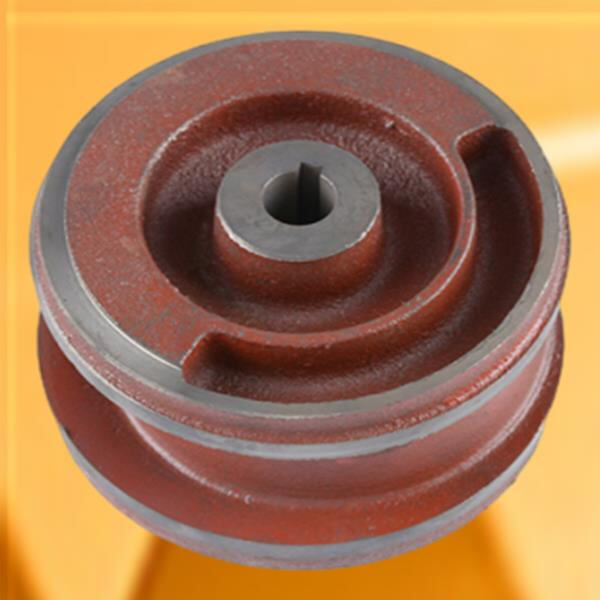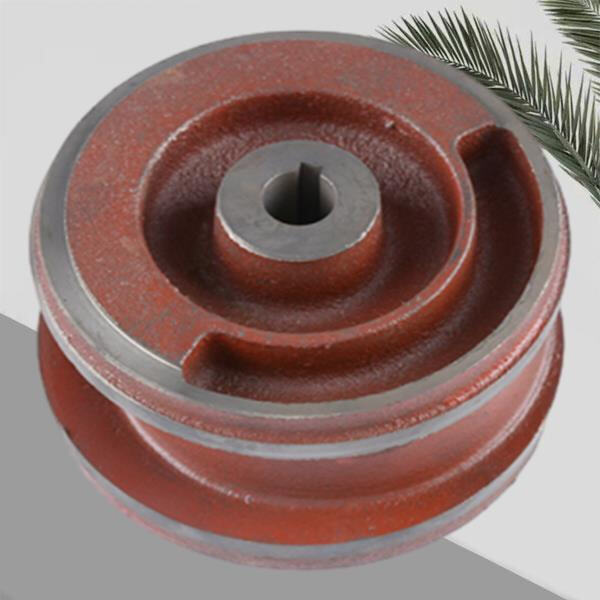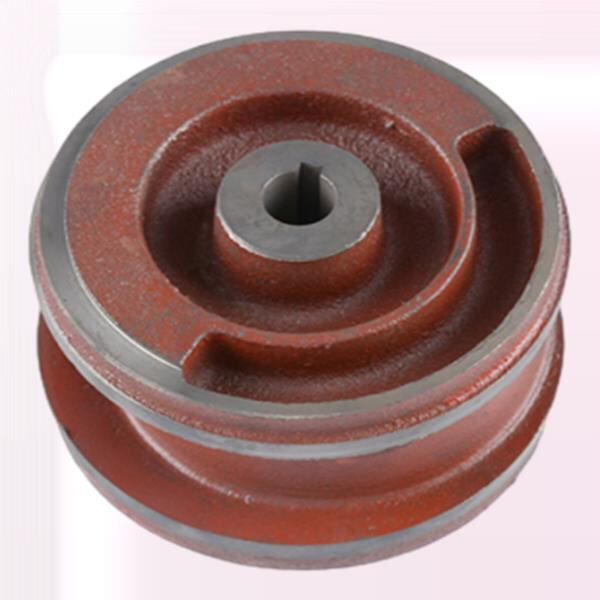Ductile iron nodularity is a key concept in the process of producing ductile iron products. This is good to know to make stronger items. In this article, we will discuss why does ductile iron matter and what we can do to make i better so as to enhance the ductile iron strength.
Ductile iron nodularity refers to the shape and distribution of small, round formations, known as graphite nodules, in the iron. “These nodules are very significant because they contribute to making the iron strong, and also flexible. The iron is better at holding heavier weights and is less likely to break when the nodules are rounder and spread out more evenly.
To strengthen ductile iron, manufacturers may wish to improve its nodularity. Meaning what we need to focus on is how they produce the iron. They can adjust factors like the composition of the iron, how quickly it cools and adding special materials, called nodulizing agents. Get those things right, and manufacturers can produce ductile iron that is strong and can flex for various uses.

There are special tests required to verify whether or not ductile iron has the appropriate nodularity. One such test is the ASTM E2567 nodularity test. This test is to establish the form and extent of the graphite nodules in the iron. Manufacturers can see any problems with nodularity by examining the test results and repair them to improve the iron.

Ensuring proper nodularity is critical to reducing the incidence of problems in ductile iron. If the nodules are not formed and spaced properly, the iron can crack and break under pressure. Manufacturers can reduce the risk of failure and produce more reliable devices by ensuring the nodules are both round and uniformly spaced.

For the best nodularity while producing ductile iron, manufacturers must control everything. That means choosing the right materials, designing the molds properly and maintaining a fair-quality control. By paying attention to these areas, foundries can make good quality and performing ductile iron material.

